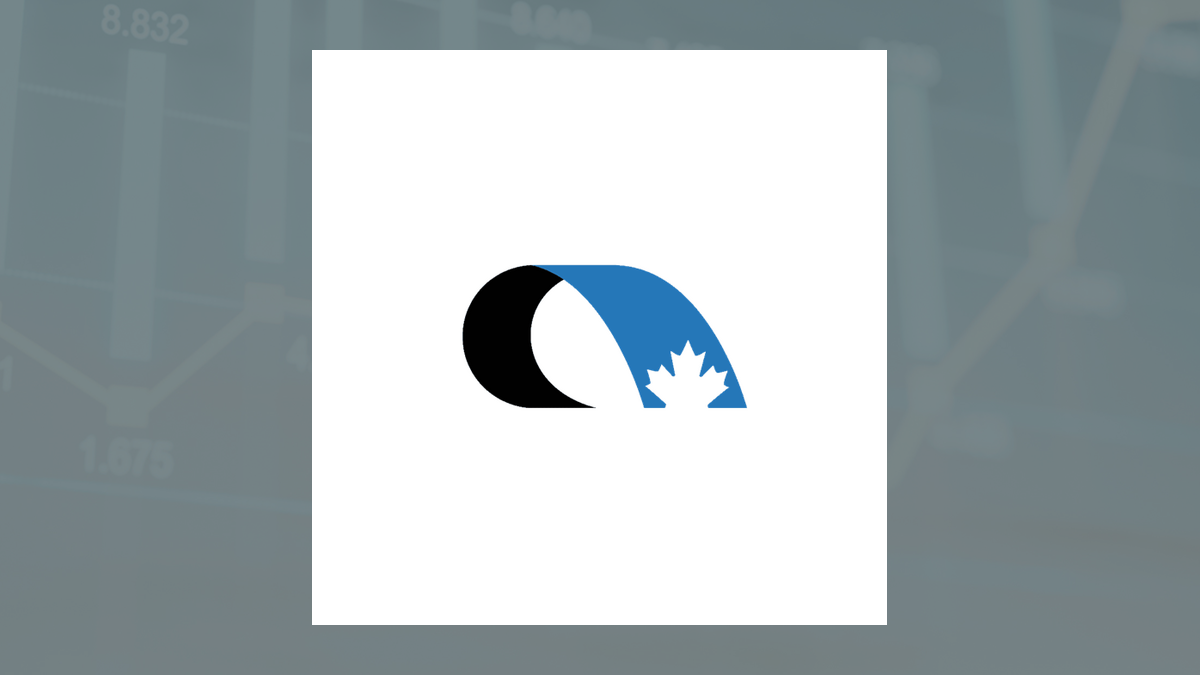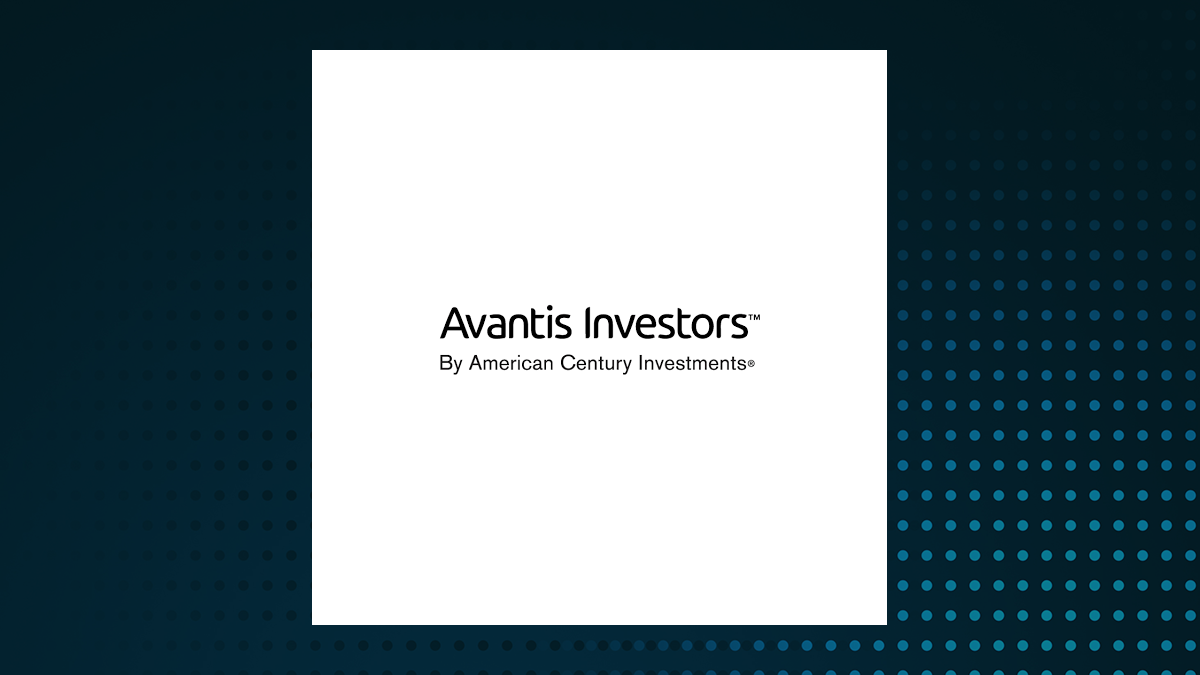
DNY59 Co-authored by Treading Softly It doesn't take a lot of expertise in gardening or agriculture to realize that there are specific time windows when particular tasks must be completed. Most crops or plants have very specific growing seasons, and they need sufficient time to grow in order to produce fruit to realize the benefits of your labor. If you plant too late, you may not get a full harvest.
If you plant too early, an unexpected frost may destroy your efforts. The beautiful thing is that often these windows of time are wider than you would expect, but not so wide that you can be lackadaisical in your efforts. When it comes to the market, certain times that are better or worse than others to take certain actions.

Mathematically, if you sell before a peak, or you sell at the bottom of a trough, you are doing something at a worse time than if you would have sold at the absolute peak, the highest possible point. Yet, playing the game of trying to time the market rarely yields the best results. Historically, those who time the market to perfection clearly have the best outcomes, but those who spend more time in the market and let the market work for them see stellar results with less effort, significantly less luck, and greater likelihood.
This is why I'd like to build a rate-agnostic income portfolio. I want a portfolio that will benefit whether rates are going up or down. In the last few years, we have seen historically abnormal rate hikes.
While we've seen quantitative tightening in the past, what we witnessed in this cycle and the one under the Federal Reserve Chair Volcker were two periods of very rapid rate increases. Now we're on the precipice of starting to see rate cuts again, something that people are more familiar with due to the quantitative easing during the pandemic. Whether rates or rising or dropping, you can fine-tune your portfolio to benefit from those events and receive more income in the near term, all while creating an overall portfolio that benefits regardless of where rates are headed Today, I want to examine an opportunity to expand your fixed-income exposure and benefit from rate cuts.
Let's dive in! My Favourite Preferred Income Source For the past two years, I have sounded like a broken record. Buying more fixed-income has been the main investment strategy we have pursued. We were focusing on adding new opportunities to our preferred and bond portfolios.
With Fed rate cuts around the corner, the tailwinds for preferred equity are increasing. Prices have rebounded from bottom, but many great opportunities remain throughout the fixed-income markets. Virtus InfraCap U.
S. Preferred Stock ETF ( NYSEARCA: PFFA ), yielding 9.1%, is an ETF that has significantly outperformed its peers.
Here is PFFA's performance compared to iShares Preferred & Income Securities ETF ( PFF ) since 2022 when the rate hike cycle started: Data by YCharts Note that PFFA had a similar drawdown in the face of an unfriendly Fed. Yet, it has rebounded more aggressively and is sitting on a positive total return while PFF is still underwater. PFFA sets itself apart from other ETFs through two features.
First, PFFA uses leverage, typically targeting leverage of 20-30% of assets. All things being equal, leverage makes returns more volatile. When prices are going up, leverage will improve returns.
When prices are going down, leverage can increase losses. Yet, PFFA's leverage didn't appear to be a significant handicap when interest rates were rising and preferred share prices were falling in 2022-2023. Why? This is where the second feature comes in: Active management.
Many ETFs will pick an index and blindly follow the index. For example, here is the iShares Preferred and Income Securities ETF ( PFF ) description of its investment strategy: "The Fund seeks to track the investment results of the ICE Exchange-Listed Preferred & Hybrid Securities Index (the “Underlying Index”)." Here is what PFFA has to say in its Prospectus about its investment strategy: "The Sub-Adviser actively manages the Fund’s assets pursuant to a variety of quantitative, qualitative and relative valuation factors.
The Sub-Adviser will typically evaluate potential investments with respect to certain key variables that the Sub-Adviser believes make a business successful over time, including, without limitation, a company’s competitive position, its perceived ability to earn a high return on capital, the historical and projected stability and reliability of its profits, its anticipated ability to generate cash in excess of its growth needs and its access to additional capital. In addition, when selecting preferred stock that are subject to a call provision, the Sub-Adviser generally seeks to underweight or eliminate those that trade above the call price and exhibit a low or negative yield-to-call (i.e.
, the rate of return that an investor would earn if the preferred stock was held until its call date)." That is a huge difference in strategies. One ETF buys or sells positions solely to match whatever the underlying index is.
The other buys or sells positions based upon an in-depth evaluation of the companies and a determination of their current and potential future value. That is the difference between passive management and active management. Which is better? That does depend on the manager.
A good manager will add value and have better returns. A poor manager could underperform and do worse than an index. Since its IPO, management has shown its ability to add value.
In particular, COVID-19 was a sudden and substantial sell-off among preferred stocks. Such a sudden crash is really the worst possible scenario for any leveraged fund as there is little warning to deleverage. Data by YCharts Despite a black swan, PFFA managed to recover and get back into the lead in about a year.
We've seen what PFFA can do through a Black Swan and the fastest-rate hiking cycle in decades. We are eager to see what it can do when there are tailwinds pushing the value of preferred shares higher. Conclusion Preferred securities are technically considered a hybrid of equity and debt.
As such, they can trade on market sentiment and interest rate cycles. If we look at PFF, we can see that as interest rates climbed between 2016 and 2019, PFF slowly declined in value. Data by YCharts Yet, when interest rates fell heavily during the pandemic era, we saw an initial panic in preferred securities and a rapid recovery to levels higher than previously seen.
Now, once again, as rates were hiked we saw the preferred values dropping. What does this tell you? Well, it can tell us that when interest rates start to fall, the preferred equity sector is going to benefit, but I'm not looking for a passive, absent-minded index-tracking ETF; I need a management team that has proven itself through challenging scenarios. This is why I'm going to choose PFFA over PFF because I want their expertise on top of all of the structural benefits of owning this sector.
When the market is climbing, everyone looks like a genius. The true experts in their field appear when the market is in periods of decline or a sector they are focused on faces headwinds. Prudent use of leverage and active portfolio management has allowed PFFA to outperform the largest passive ETF, showing us that in the best and the worst of times, this management team can deliver outperformance.
When it comes to your retirement, there are times it can benefit you to take some of your capital and put it in the hands of trusted experts. You can do this through different funds. PFFA is a perfect example of a fund you can put your money into and collect reliable income and achieve success over the long term.
This way, you just have to worry about how you're going to fill the hours of your retirement doing what you love with the ones you love. That's the beauty of my Income Method. That's the beauty of income investing.
High Dividend Opportunities, #1 On Seeking Alpha HDO is the largest and most exciting community of income investors and retirees with over +8000 members. We are looking for more members to join our lively group! Our Income Method generates strong returns, regardless of market volatility, making retirement investing less stressful, simple and straightforward . Invest with the Best! Join us to get instant-access to our Model Portfolio targeting 9-10% yield, our preferred stock and Bond portfolio.
Don't miss out on the Power of Dividends ! We're offering a limited-time 17% discount on our annual price of $599.99 via this link only: Sign Me Up!! Rida Morwa is a former investment and commercial Banker, with over 35 years of experience. He has been advising individual and institutional clients on high-yield investment strategies since 1991.
Rida Morwa leads the Investing Group High Dividend Opportunities where he teams up with some of Seeking Alpha's top income investing analysts. The service focuses on sustainable income through a variety of high yield investments with a targeted safe +9% yield. Features include: model portfolio with buy/sell alerts, preferred and baby bond portfolios for more conservative investors, vibrant and active chat with access to the service’s leaders, dividend and portfolio trackers, and regular market updates.
The service philosophy focuses on community, education, and the belief that nobody should invest alone. Learn More. Analyst’s Disclosure: I/we have a beneficial long position in the shares of PFFA either through stock ownership, options, or other derivatives.
I wrote this article myself, and it expresses my own opinions. I am not receiving compensation for it (other than from Seeking Alpha). I have no business relationship with any company whose stock is mentioned in this article.
Treading Softly, Beyond Saving, Philip Mause, and Hidden Opportunities, all are supporting contributors for High Dividend Opportunities. Any recommendation posted in this article is not indefinite. We closely monitor all of our positions.
We issue Buy and Sell alerts on our recommendations, which are exclusive to our members. Seeking Alpha's Disclosure: Past performance is no guarantee of future results. No recommendation or advice is being given as to whether any investment is suitable for a particular investor.
Any views or opinions expressed above may not reflect those of Seeking Alpha as a whole. Seeking Alpha is not a licensed securities dealer, broker or US investment adviser or investment bank. Our analysts are third party authors that include both professional investors and individual investors who may not be licensed or certified by any institute or regulatory body.
.














